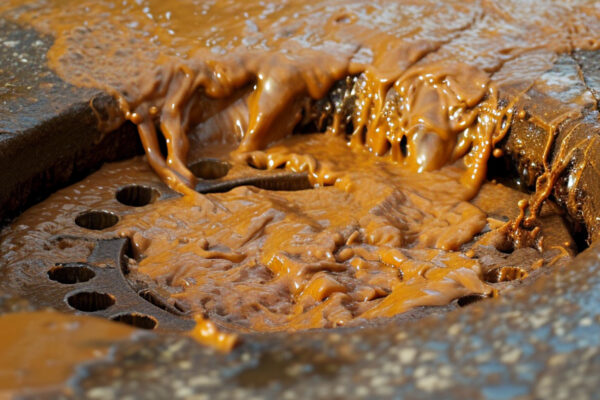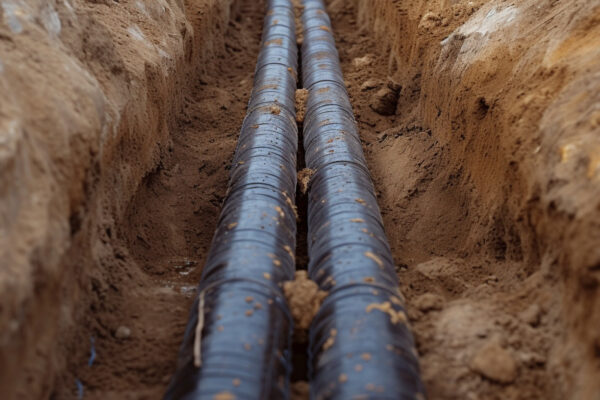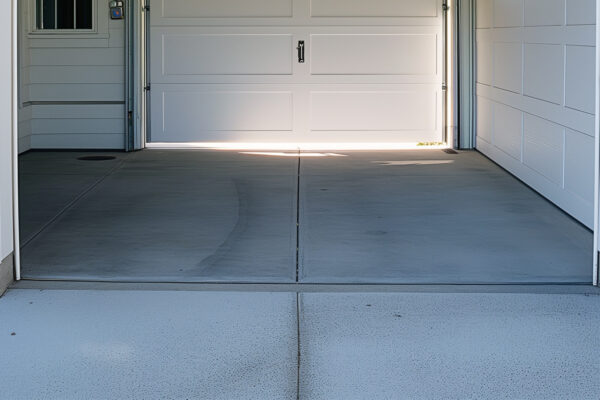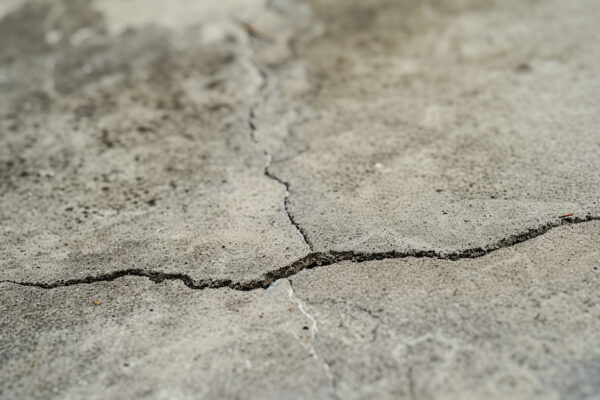
What Is An Interior Basement Drainage System?
Understanding Interior Basement Drainage Systems Interior basement drainage systems are a crucial component of effective…

Understanding Interior Basement Drainage Systems Interior basement drainage systems are a crucial component of effective basement waterproofing and foundation protection. These systems are designed to manage water infiltration and prevent moisture-related issues in below-grade spaces. At its core, an interior drainage system consists of a network of channels or pipes installed along the perimeter of…

Understanding Foundation Cracks: Causes and Importance Foundation cracks are a common issue that homeowners may encounter, and understanding their causes and significance is crucial for maintaining the structural integrity of a building. These cracks can occur due to various factors, including natural home settlement, changes in soil conditions, and moisture-related issues. Home settlement is a…

Parging is a crucial technique in masonry and construction that involves applying a thin layer of cement-based coating to walls, typically foundation walls or other masonry surfaces. This process serves multiple purposes, primarily focusing on protecting and waterproofing the underlying structure. The parging mixture usually consists of cement, sand, and water, sometimes with additional additives…

A rain garden is a specialized landscaping feature designed to manage stormwater runoff effectively. At its core, a rain garden is a shallow depression in the ground that collects and filters rainwater from impervious surfaces such as roofs, driveways, and sidewalks. This sustainable landscaping approach serves as a natural bioretention system, allowing water to slowly…

Footing drains, also known as foundation drainage systems, perimeter drains, weeping tiles, or French drains, are essential components in basement waterproofing. These systems are designed to redirect groundwater away from a building’s foundation, preventing water infiltration and potential structural damage. Typically installed around the perimeter of a home’s foundation, footing drains consist of perforated pipes…

Concrete, a fundamental building material, is composed of cement, water, aggregates, and sometimes additives. The process of cement hydration, where cement particles react with water, forms the binding paste that holds the aggregates together. This chemical reaction is crucial for concrete’s strength development but also contributes to its natural tendency to crack. As concrete cures,…

Asphalt and concrete are two of the most common materials used in driveway construction, each with unique compositions and properties. Asphalt, often referred to as blacktop, is a mixture of aggregate (crushed stone, sand, and gravel) bound together with bitumen, a viscous form of petroleum. This composition gives asphalt its characteristic dark color and flexible…

Understanding the Purpose of a Vapor Barrier in a Basement Maintaining a dry, healthy basement is essential for the structural integrity of your home and the overall comfort of your living space. One key component in achieving this is the installation of a proper vapor barrier. But what exactly is the purpose of a vapor…

Understanding the Causes of Basement Floor Cracks Basement floor cracks are a common issue that many homeowners face. These cracks can not only be unsightly, but they can also indicate more serious structural problems. It’s important to understand the potential causes of basement floor cracks in order to address the issue effectively. One of the…

Understanding the Lifespan of Sump Pumps Sump pumps are one of those unsung heroes in our homes, quietly working away to keep our basements dry. But have you ever wondered how long these little workhorses actually last? Well, buckle up, because we’re about to dive into the lifespan of sump pumps. First off, let’s get…